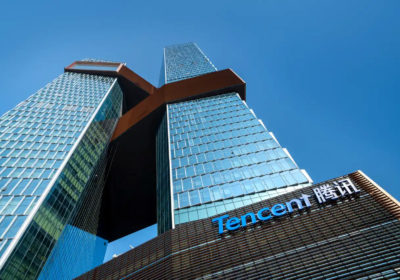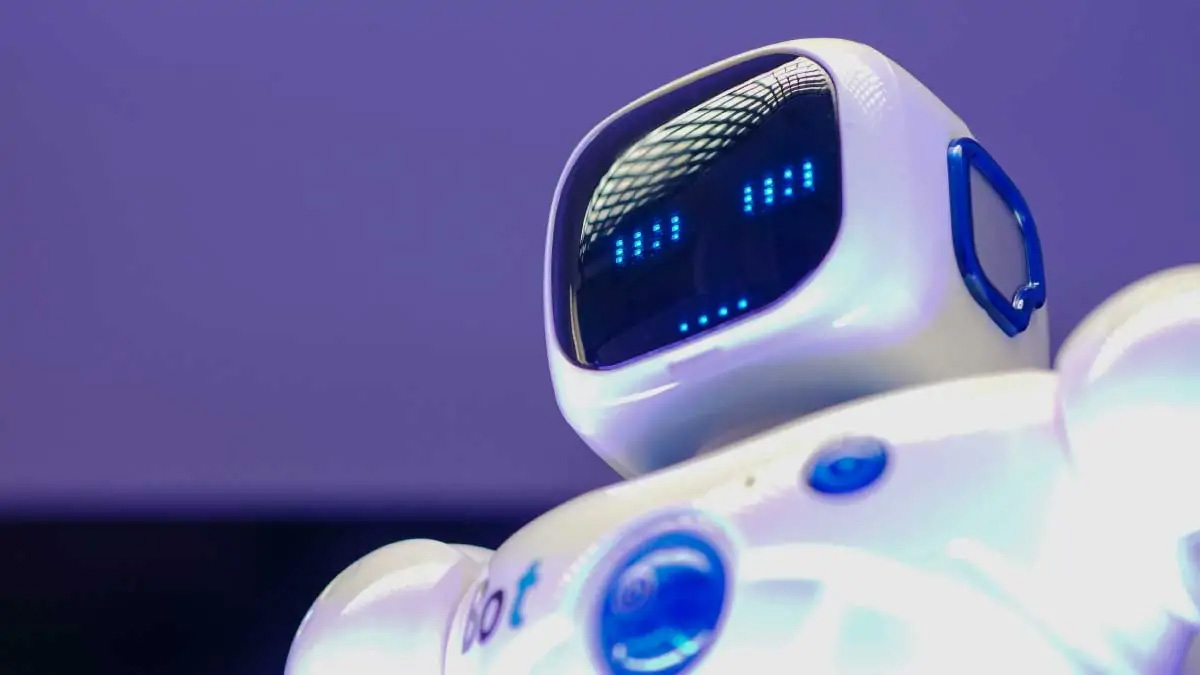
- Stats: 44 0 0
- Author: admin
- Posted: March 21, 2025
- Category: 2Easy News
How AI Innovations are Revolutionizing Modern Computer Design and Construction Worldwide
Imagine a world where computers are designed and constructed not just by human engineers but with the assistance of intelligent systems that learn and adapt. This vision is no longer a mere fantasy; it has become a reality as AI innovations revolutionize modern computer design and construction globally. In a rapidly evolving tech landscape, AI stands at the forefront of architectural, hardware, and software transformation.
Transforming Computer Architecture Through AI
Artificial Intelligence is transforming computer architecture with remarkable innovations such as intelligent chip architecture and neuromorphic computing advances. AI-enabled design automation tools help in creating more efficient and sophisticated computer hardware, which enables complex calculations and machine learning processes.
For instance, AI-driven architectural optimization in computer chip design is revolutionizing processor capabilities. Traditional design methods often face limitations regarding complexity and time. However, AI leverages machine learning algorithms for efficient processor layouts, which significantly reduces design time while enhancing performance.
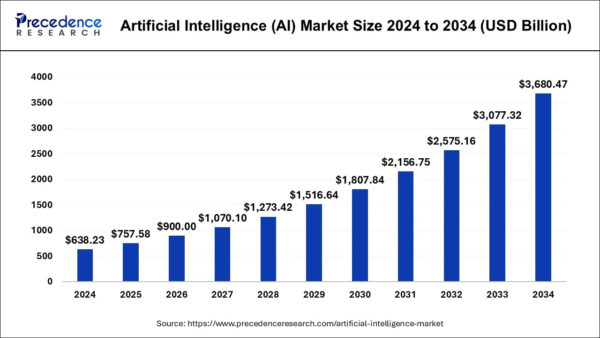
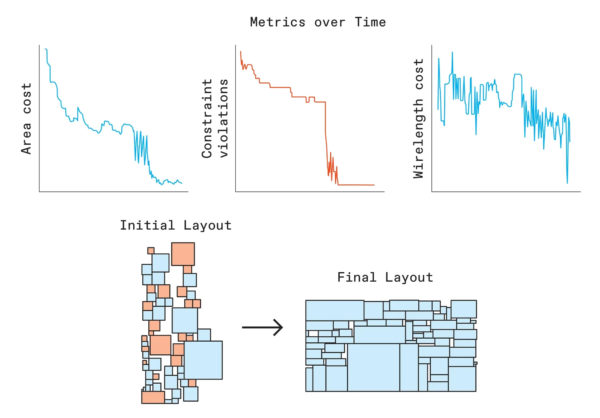
Building on the transformative designs, I will delve into how AI is enhancing computing systems with advanced capabilities and new architectural paradigms.
AI-Optimized Systems: The Future of Computing
AI is not just reshaping design but also optimizing computing systems themselves. The inception of AI-optimized computing systems marks a significant advancement where AI assists in managing energy efficiency, thermal management, and predictive maintenance.
AI-assisted thermal management in modern computing systems uses algorithms to analyze heat generation and employ real-time adjustments. This guarantees systems operate within safe thermal ranges, improving longevity and performance. Moreover, AI-powered energy efficiency optimization in chip design leads to sustainably lower power consumption without compromising power output.
Beyond efficiency gains, AI also enables predictive maintenance of computing infrastructure, such as data centers, by anticipating issues before they escalate into severe failures.
Leveraging these system optimizations further, the next point explores how AI in hardware development surpasses traditional boundaries by adopting cutting-edge algorithms like quantum-inspired techniques.
Adopting Quantum-Inspired and Neuromorphic Technologies
As AI reaches new frontiers, it bridges the gap between classical computing and quantum possibilities. Quantum-inspired AI algorithms for next-gen computer architectures simplify complex computations, reducing time and resources. This innovative approach goes hand-in-hand with hardware based on neuromorphic computing advances, which mimic brain-like functions for more adaptive and efficient processing.
Notably, companies like Intel and IBM have invested heavily in developing neuromorphic processors designed to push computing capabilities into realms where traditional architectures cannot compete. These breakthroughs D potentially reshape everything from consumer technology to large-scale data processing systems.
The advancements in these new technological paradigms form a crucial part of exploring AI’s impact on computer construction involving all facets of computational infrastructure.
AI’s Revolutionary Impact on Computer Construction
The application of AI in computer construction extends beyond design into managing and improving construction processes. AI-driven computer construction enhances precision, efficiency, and scalability while mitigating manual errors. In complex projects, AI systems employ neural network-based circuit routing techniques which strategically optimize circuit paths and reduce computational load.
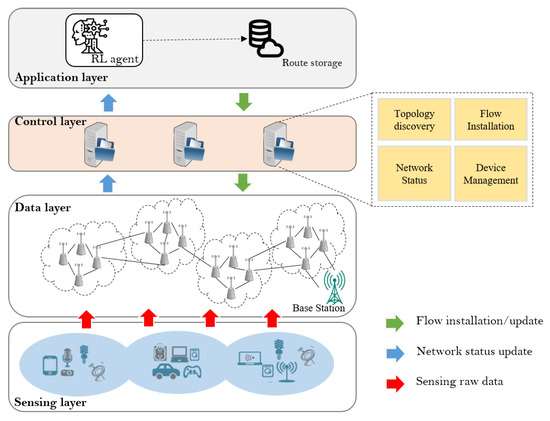
Diagram illustrating improvement in circuit routing through AI-driven neural networks.
Generative AI for innovative computer component configurations streamlines custom component assembly, cutting down on resource waste and optimizing object placement for maximal efficiency.
As we now understand from the construction domain, let’s explore machine learning’s role in seamlessly integrating software to complement these AI-driven hardware innovations.
The Confluence of AI and Software Development
Software development is undergoing its own AI renaissance. Machine learning algorithms aid developers by automating code generation and debugging, thereby accelerating project completion while reducing human error. This seamless integration of software enables newly developed hardware to realize its full potential.
Real-time diagnostics provided by AI for predictive maintenance in data center infrastructure contribute to maintaining resilience and uptime. AI also introduces cognitive computing approaches to hardware acceleration, refactoring workflows for better usability and synchronization.
The fascinating synergy of AI with both hardware and software development illustrates not merely an enhancement but an evolution towards increasingly intelligent and interconnected systems for a new age of computing.
The fusion of artificial intelligence with modern computer design and construction is a transformative journey towards a future defined by more intelligent, efficient, and powerful computing solutions. Beyond design automation, AI redefines the construction process, anticipates system evolution, and integrates software and hardware symbiotically. Embracing these innovations is no longer optional but a necessity to stay at the vanguard of technology. For technologists, enthusiasts, and industry leaders, the imperative is to explore how AI can further unlock potential across their own projects and environments.
As we move forward in this AI-enabled era, engage with our upcoming webinars and subscribe to our newsletter for insights into how AI can be harnessed within your projects. Dive deeper and transform challenges into opportunities with our specialized resources and expert community.
Frequently Asked Questions
What is AI-driven architectural optimization in computer chip design?
AI-driven architectural optimization involves using artificial intelligence to enhance the design process of computer chips, making them more efficient and effective.
How do machine learning algorithms improve processor layouts?
Machine learning algorithms analyze existing design patterns and performance data to streamline processor layout processes, reducing time while improving computational efficiency.
What are neural network-based circuit routing techniques?
These techniques utilize neural networks to optimize circuit paths, minimizing electrical delay and enhancing overall processing speed and efficiency.
Can AI-assisted thermal management prevent overheating?
Yes, AI-assisted thermal management systems predict thermal hotspots in real-time, adjusting system operations to maintain optimal temperature levels.
How does cognitive computing impact hardware acceleration?
Cognitive computing systems enhance computational processes by optimizing hardware-software interactions, leading to faster and more efficient outputs.




